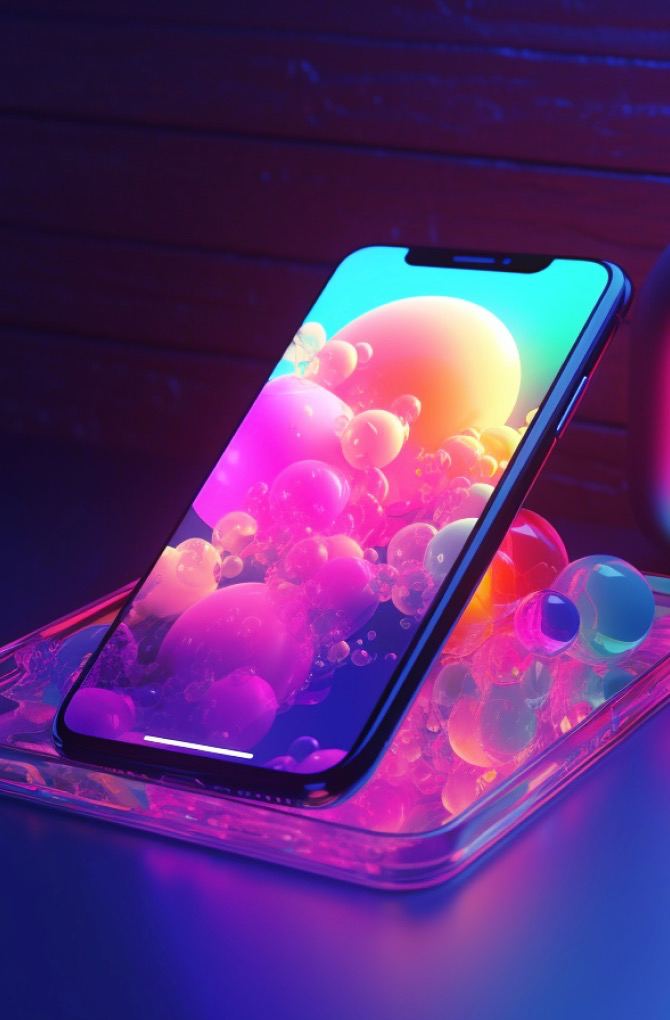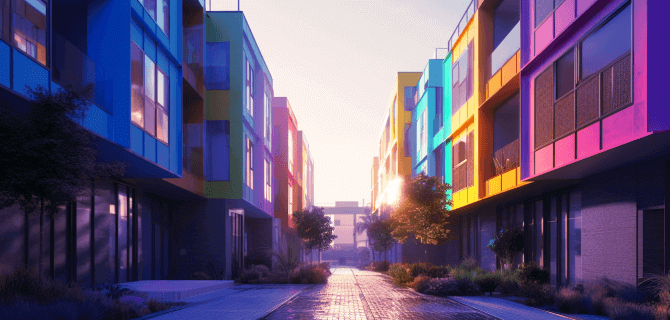A mobile app developer asked us to build and optimize a WordPress Multisite network to serve product pages, docs, and regional microsites with high performance. We delivered a fast, scalable setup as part of our WordPress optimization services.
Context & goals
The brief required retina-quality visuals, multi-region structure, and quick navigation across product docs and updates without sacrificing Core Web Vitals. We aligned lab work and field signals using our approach to Google PageSpeed optimization.
Diagnostics
We audited with PageSpeed Insights (Lighthouse), CrUX field data, and GTmetrix waterfalls to separate render-blocking issues from server/TTFB delays. On mobile, LCP and INP were hit by large hero images, early third-party scripts, and heavy shared assets across the network, so we prioritized tactics consistent with our mobile optimization for WordPress websites.
Multisite-specific bottlenecks
- Network-wide plugins and shared themes loading assets on every site, even when unused.
- Duplicate content between regional subsites without clear canonicals.
- Docs/changelog pages shipping the same heavy components across locales.
Fixes implemented
Image/CDN strategy (retina without bloat)
We served imagery via a global CDN with srcset (1x/2x) and sizes, converted assets to AVIF/WebP with fallback, set explicit width/height to prevent CLS, and lazy-loaded below-the-fold media. The hero used fetchpriority=”high” to improve LCP.
Code & JavaScript execution
We generated critical CSS, deferred/async-loaded non-critical JS, split bundles by route, added preconnect/preload/dns-prefetch for key origins, and removed unused CSS/JS. Breaking up long tasks cut main-thread work and improved INP.
Caching, edge, and TTFB
We configured page and browser caching, introduced Redis object cache for dynamic fragments, tuned CDN cache keys/TTLs, and validated HTTP/2/3, OPcache, and PHP 8.2/8.3. These changes reduced TTFB and sped up repeat views across the network.
Embeds & third-party
We lazy-loaded iframes (maps, videos, external widgets) and delayed non-essential third-party scripts until user interaction/consent. This removed render-blocking work at first paint.
Multisite SEO hygiene
We set self-referential canonicals, generated per-site sitemaps for Search Console, aligned hreflang where applicable, and established a cross-site internal linking pattern (Features → Docs → Changelog → Blog) to strengthen topical clusters.











